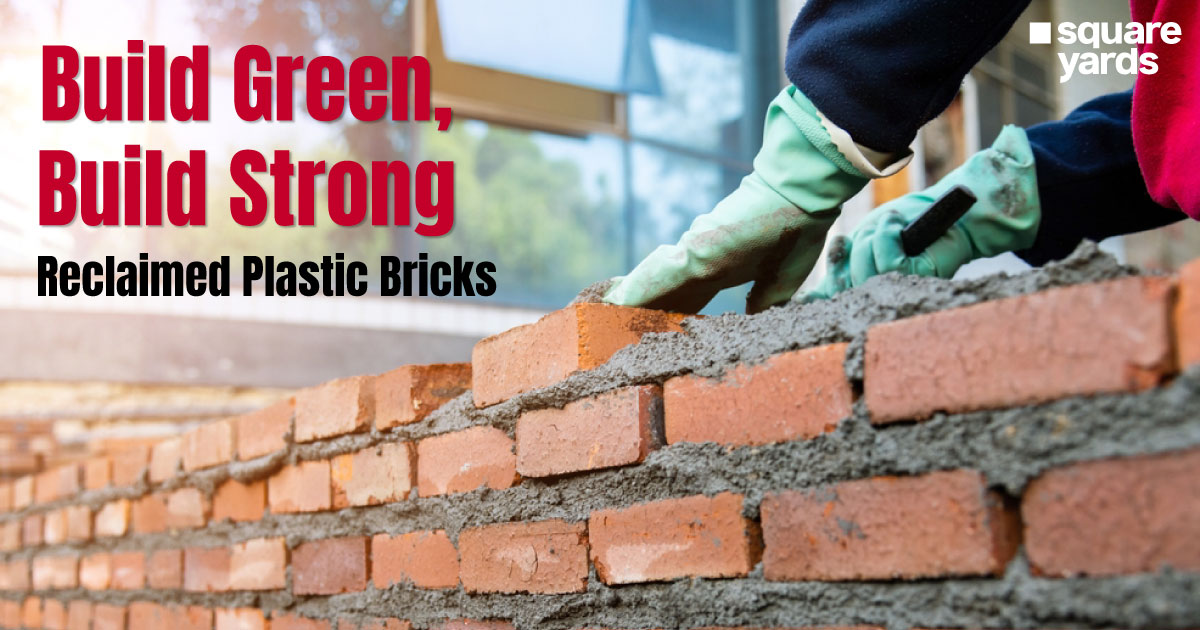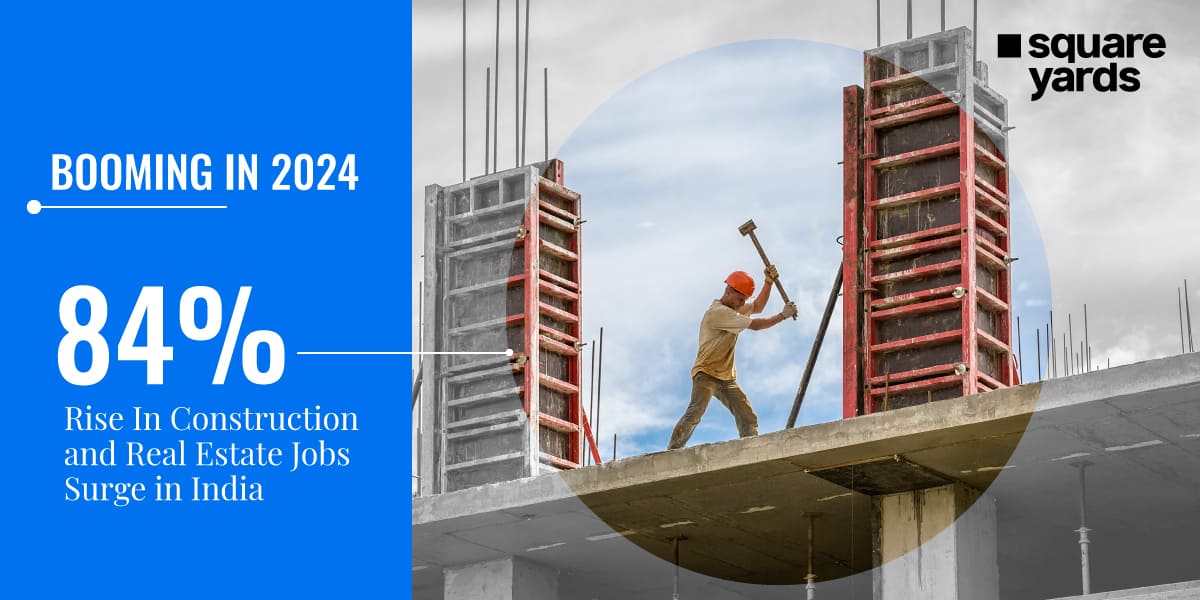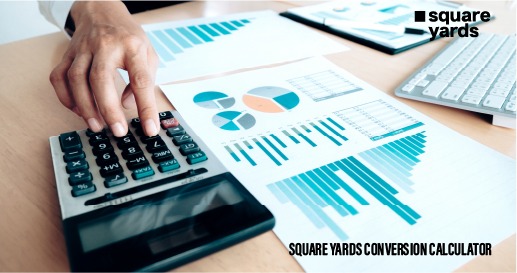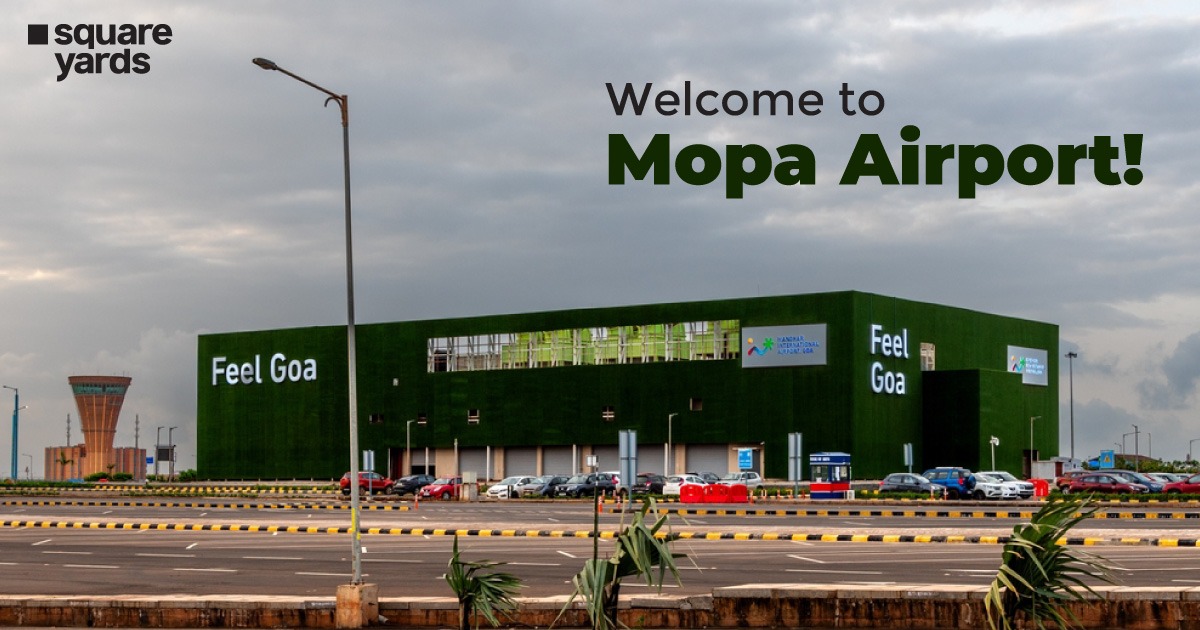E-commerce is transforming India’s retail landscape significantly, as detailed in a report. The report reveals that the Indian e-commerce market is expected to grow at a compound annual growth rate (CAGR) of 15 percent, potentially reaching an impressive USD 550 billion by 2035. Currently valued at USD 125 billion in 2024, this thriving sector is set to witness rapid expansion in the coming years. By 2030, projections indicate that the market value will rise to USD 345 billion, reflecting the increasing consumer adoption of online shopping. Key drivers propelling this growth include heightened internet penetration, the widespread use of smartphones, an evolving digital payment infrastructure, and a young, tech-savvy demographic that is eager to embrace online shopping. Furthermore, government initiatives like ‘Digital India’ and improvements in logistics and supply chain capabilities are enhancing the growth outlook for e-commerce.
Growth of Online Shopping in Smaller Cities
There is a noticeable shift in the demographics of online shoppers. E-commerce platforms are increasingly catering to customers in smaller towns and cities, which has resulted in a rise in the share of online shoppers from Tier 2 and Tier 3 cities. The report states that this demographic’s contribution grew from 46 percent in FY2020 to 56 percent in FY2024 and is projected to hit 64 percent by FY2030. This trend indicates that e-commerce is no longer confined to urban centers but is penetrating deeper into the Indian market. The growing demand from smaller cities not only reflects changing consumer behavior but also presents new opportunities for retailers looking to expand their reach. This shift towards online shopping from less urbanized areas is a game-changer for the retail sector, paving the way for an inclusive retail environment across the country.
Retail Industry Trends: Malls and E-commerce
The Indian retail industry is on track to reach a market size of USD 2,500 billion by 2035, marking a three-fold increase since 2019. This growth is fueled by rising disposable incomes, increased urbanization, and a burgeoning middle class. The industry today features a blend of sprawling malls, booming e-commerce platforms, and traditional bazaars. The report emphasizes that new mall supply in the top seven cities was minimal, with only 1 million square feet added in 2024, whereas absorption reached 6 million square feet. The current trends in mall spaces indicate a post-pandemic recovery in leasing, primarily driven by experiential retail. Notably, the apparel and food & beverage sectors account for about 45 percent of demand, continuously attracting foot traffic. The mall vacancy rate has significantly decreased from 15.4 percent in 2019 to 8.1 percent in 2024, underscoring the sector’s recovery and resilience.
Future of Malls in Tier 2 and 3 Cities
As the report suggests, both domestic and international retailers are eyeing expansion into India’s smaller towns and cities. This strategic move is predicted to result in a surge of mall infrastructure in Tier 2 and Tier 3 markets, with an estimated 26 million square feet of mall space expected by 2030. This growing interest reflects the increasing purchasing power and changing shopping habits of consumers in these areas. Retailers recognize that these markets are ripe for development, providing both challenges and opportunities. Investing in these regions could yield substantial returns as the demographic landscape continues to evolve, driven by younger consumers who are more inclined to shop online and visit malls. The retail sector’s ability to adapt to these shifts will determine its success in capturing market share and catering to the diverse needs of India’s population.






















